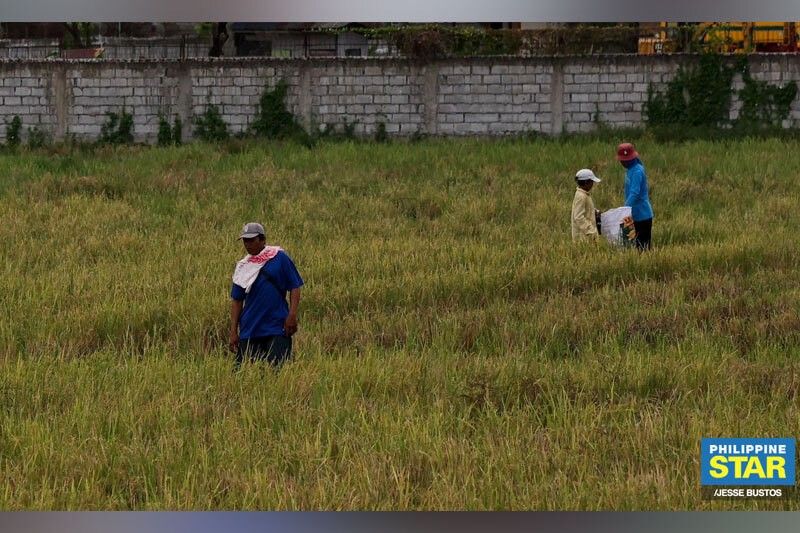Rice sufficiency possible in 2028 – NIA official

MANILA, Philippines — The Philippines can achieve rice sufficiency in 2028 as palay production is expected to go up this year despite the El Niño weather phenomenon, according to the National Irrigation Administration (NIA).
“It is true that we cannot provide irrigation for all agricultural lands as 20 percent are considered vulnerable (to El Niño). But if we could implement the alternate wetting and drying technology, not all the 20 percent will be affected,” acting NIA administrator Eduardo Guillen said in a radio interview over the weekend.
Based on his meeting with President Marcos when he was the concurrent agriculture chief, Guillen noted that high-yielding varieties will be prioritized.
“This is the hybrid rice. During the dry season, the hybrid rice yield doubled to four tons (per hectare), eight tons and 10 tons. In Central Luzon and (areas covered by) Magat Dam (in Isabela), there are (yields) of 10 to 12 tons,” he recalled.
Only 10,000 hectares in the Upper Pampanga River Integrated Irrigation System are now vulnerable to El Niño from the previous 50,000 hectares, he said.
NIA was able to provide irrigation to 60 percent of irrigable lands, a majority of which are covered by the three percent slope, he added.
“If you total it, it is less than 10 percent of the irrigable lands based on a 30 percent slope,” he said.
The state agency is implementing short-term, medium-term and long-term projects to provide irrigation nationwide, he added.
“Included in the short-term plan is the establishment of reservoir-type dams and diversion dams,” he noted.
Rice deficit
Meanwhile, the country’s local rice deficit has increased despite the historic 20.6 million metric tons of palay harvested in 2023, according to a farmers’ group.
“The record-high harvest in 2023 is only 1.5 percent higher than in 2022 and only 0.5 percent higher than in 2021. The increase in demand due to population growth between 2021 and 2023 is higher than the increase in output, which means our local deficit increased despite the record high output,” Federation of Free Farmers national manager Raul Montemayor told The STAR yesterday.
Citing Philippine Statistics Authority data, the Department of Agriculture (DA) earlier said that last year’s palay output was 1.5 percent higher than the 19.76 million MT recorded in 2022.
“While the record high output is good news, there is so much more to be done and an in-depth study is needed to find out why the DA interventions and massive funding allocated to them are not producing the desired cost-effective results for the past several years,” Montemayor added.
In 2023, the country imported at least 3.6 million MT of rice.
- Latest
- Trending






























